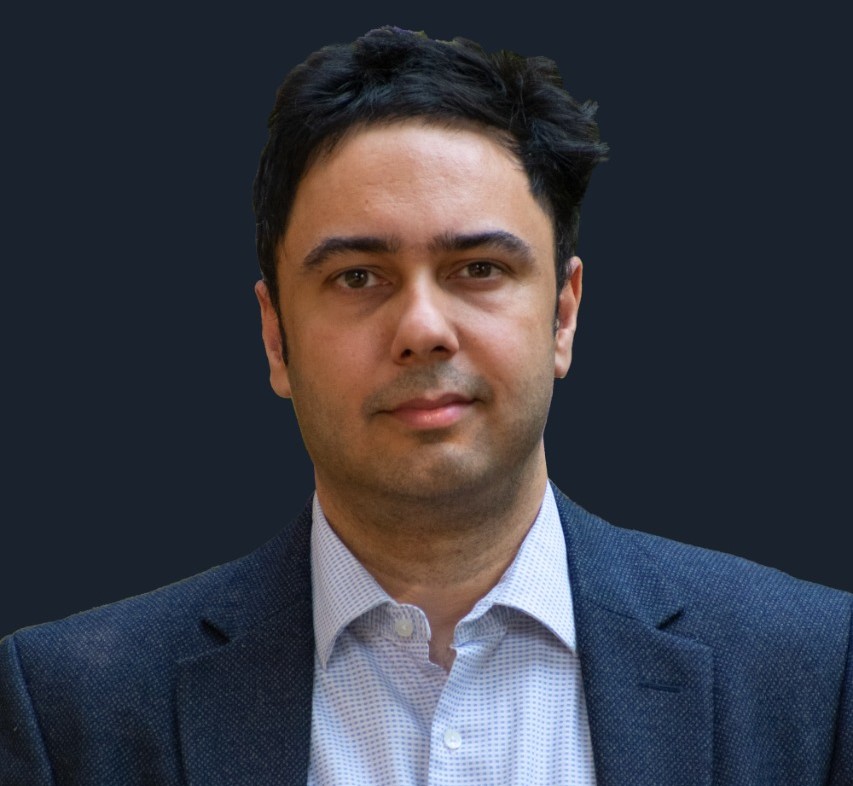
Siddharth Angrish
Telemedicine received a lot of attention during Covid times. The Government of India brought out Telemedicine practice guidelines in March 2020 to help patients seek healthcare from remotely located doctors and bring clarity on the regulations guiding this space. Many new startups rose quickly to capitalize upon the new opportunity. Most of these startups focussed on providing Telemedicine solutions for urban consumers. Consequently, most of Telemedicine use cases covered in popular media were also related to urban populations. Incidentally, a good number of Telemedicine startups could not find traction beyond Covid and subsequently closed operations.
It is pertinent to look at Telemedicine solutions working in rural healthcare, where there is a pressing need for effective Telemedicine solutions. There are 6.4 lakh villages in India with very sparse population and negligible presence of specialist doctors. Healthcare systems in India have struggled to find doctors willing for rural postings. The villages overall account for nearly 60% of India’s population. Many studies have indicated that a rural patient has to travel 100 km on average to seek good quality healthcare. More than 80% of patients visiting city hospitals are from rural regions. While government run Primary Health Centers (PHCs) do operate in rural regions, they frequently do not have specialist doctors and frequently have quality issues. Over the past several years, many Telemedicine based models have emerged to tackle the problem of making specialist doctors available to the rural masses.
Primarily, four different models are being deployed namely Purely app-based e-consultation, Company-operated Brick-and-mortar based e-Clinics, Franchisee-operated Brick-and-mortar based e-Clinics, and PHCs upgraded by the CDAC developed e-Sanjeevani Telemed system.
First model, i.e., Purely app-based e-consultation models have city-based specialist doctors. Most of these solutions had the same look and feel for both urban and rural patients. These solutions were primarily designed for urban consumers. Second type is of Company Owned & Company Operated brick and mortar-based e-Clinics under which a telemedicine solutions provider company sets up and runs a new healthcare facility in a village region providing telemedicine services among others. The company also hires a couple of team members: pharmacist and a nursing staff to help manage the patients, dispense medicines and perform sample collection.
Third Model is of Franchisee operated brick and mortar-based e-Clinics. This model leverages the presence of existing pharmacies run by a village pharmacist by upgrading them with Telemedicine services among other value-added features. Fourth Model is where PHCs are upgraded by the CDAC developed e-Sanjeevani Telemed system. This refers to the government initiative which provide free telemedicine services to patients in PHCs
All these 4 models have their own strengths and weaknesses. The purely app-based e-consultation systems are easy to develop and manage but are often deemed insufficient due to lack of timely availability of medicines and lab tests which are needed immediately after an e-consultation. It is also not understood clearly how many of the rural patients are able to use such systems on their own. Since Covid days, many hospitals also brought out their mobile based video e-consultation apps increasing competition and decreasing margins for Telemedicine companies. As a result, most such startups have complemented their offerings with multiple services like health insurance, lab test bookings and online medicine ordering.
A company owned and company operated e-Clinic is a powerful method to provide specialist access through Telemedicine and allied services in villages. It is an extensible model where many additional services can be added like medicines, disease screening programs, pathology setups, referrals to hospitals and even occasional presence of qualified doctors. This model also offers to capture interesting patient data which, after proper anonymization, can help in both drug and disease research. However, it is quite costly to maintain each such facility for a single village. Hiring and retaining manpower, managing the facility, and avoiding pilferages pose monthly liabilities. Given that rural regions have smaller population concentrations and relatively lower spending capacity, the pricing for offered services in the e-Clinic have to be quite aggressive putting strain on sustainability. Such a new e-Clinic would also face intense competition from local alternatives adding to the difficulties. More awareness campaigns must be run in the short to medium term to generate local trust. This further puts more strain on economics. Finding new locations where new e-Clinics can be set up, needs multiple on-field staff members adding to costs of running the business.
Franchisee operated e-Clinics where a local healthcare professional with an entrepreneurial mindset operates the e-Clinic is also a powerful and nimble approach. It is well documented that on an average, each India village has 3-4 healthcare professionals operating their own small pharmacy or a clinic. Thus, it is not difficult to find local collaborators. Having their skin in the game, by way of a small investment, ensures general seriousness needed for operations. This approach requires proper training and regular engagement of the e-Clinic operators. This can be achieved through regular online programs. This model though requires active management of a large number of such e-clinics. Building or nursing an existing comprehensive CRM software to manage multiple nuances of running remote e-clinics is very important. A great advantage of this approach is the nimbleness it provides which can help in fast scalability as this model does not incur any fixed monthly liabilities. A downside is that the person managing the e-Clinic is not on the company payroll but rather he/she is a local independent professional who has taken the company franchise. This may require more active work to ensure that standard operating procedures of the company are followed accurately. Performance based rewards can be employed to help local operators adhere to the prescribed protocols. Just like the company operated e-Clinics model, this model also enables important patient data capture which can help newer drug and disease research.
Lastly, the government’s e-Sanjeevani initiative provides free e-consults at PHCs. This is also quite an effective approach since a PHC can easily provide most of the necessary medicines and lab tests. However, PHCs typically operate for about 6 hours a day. On other hand, private health facilities typically remain available for 10-12 hours each day, frequently available even on Sundays and other holidays. Addition of new technologies to a government-operated telemedicine system may have longer gestation periods. Additionally, the quality of operations of some remote PHCs may not be satisfactory. Several articles which have appeared in reputed journals including Lancet, over the years indicate less than satisfactory performance of government PHCs.
It is possible that different state governments may provide a telemedicine system other than e-Sanjeevani in their local Government health facilities. This may lead to lack of cohesiveness among multiple solutions making impact analyses a bit difficult. Indian rural healthcare presents a very attractive business and impact opportunity for the world’s investors and Indian policy makers. Over the past few years, many Telemedicine solutions have been deployed in different parts of rural India indicating acceptance of the need. It is only a matter of a few years that rural healthcare in India will have a strong, sustainable and effective Telemedicine system catering to 100s of thousands of patients needing speciality care. Not only would this help reduce the healthcare burden of the country but also contribute to newer drug and disease research. The startups involved in this endeavour are quite likely to be rewarded handsomely. Siddharth Angrish- Founder and CEO, Jiyyo Innovations




